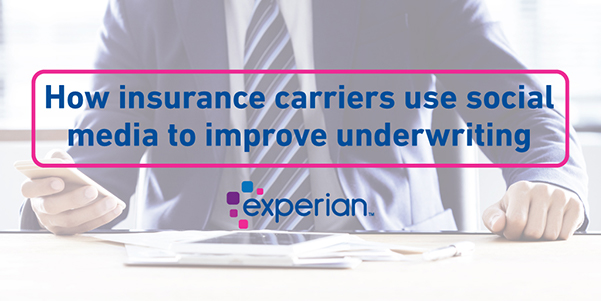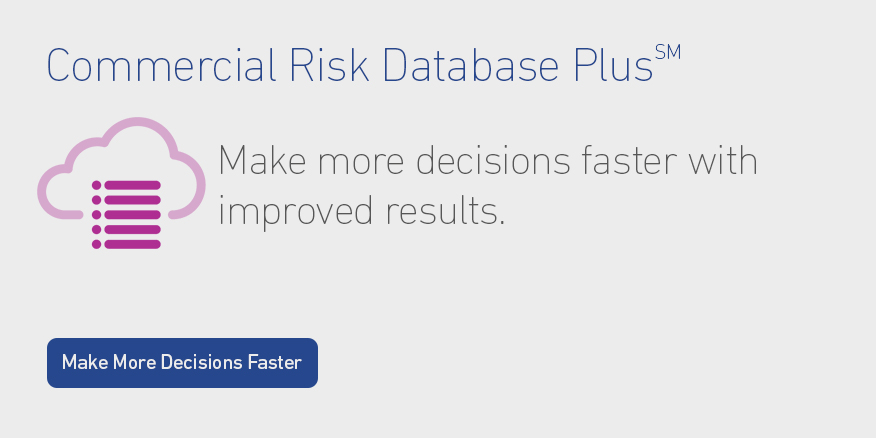
A gastropub restaurant applies for business insurance and is approved. However, social media insights show the restaurant is declining. Even though underwriters usually take a quick look at social media postings, evaluating the trends of the business is not part of the decision process.
Costly mistakes: Underwriting using only business supplied information
How could something as basic as a business in decline be overlooked in the insurance underwriting process? Think about the process when reviewing a new business insurance application. The underwriter reviews the application and looks at traditional credit and public filing information. Although the underwriter checks out the company website, he doesn’t meet or interact with the company. He then must make a potentially costly business decision about its risk level. Even though the process appears thorough, it does not use the new wealth of information available.
How social media provides information about business health
If the insurance company had used unique and new sources of social media data, the underwriter would have seen a different picture of the restaurant. The trends in the number of reviews point to a declining business due to poor service, bland food, or increased competition. Traditional data sources miss these subtle signs that point to a higher risk of going out of business.
While one poor review shouldn’t result in a denial, a pattern of a declining business is important. This can be spotted using tools that analyze the trends in reviews and ratings for the business line. After all you cannot compare restaurants, with high volumes of social media postings, with say a dry cleaner. By correctly using social media data during the underwriting process, insurers can give an additional lift on the model to determine the risk.
Social media data can also help determine more information about the business. For example, an exercise gym may have treadmills and weight machines, or it might actually be a kickboxing studio, which has a much higher level of risk and premiums.
Underwriters also get a much more granular view than a typical application, such as the parking situation and the hours. Because risk is higher for businesses with a liquor license, insurers can often learn if a bar didn’t disclose this on their application. Customer photos also often tell a story not detectable on the application, such as broken stairs or a fireplace without proper screens.
Using artificial intelligence to analyze social media data
Looking through social media for each application takes large amounts of time. Even more importantly, humans may be subject to bias and miss word patterns in reviews. By using an artificial intelligence tool with machine learning capability to analyze social media data for business insurance applications, underwriters can gain a much more accurate picture of the risk they are assuming by insuring a business. Additionally, an AI tool can analyze business health much more quickly than an underwriter could doing the social media check manually.
Insurance companies that use artificial intelligence tools to analyze social media data during the underwriting process can more accurately predict the risk of a business. Because the processing speed, adding this additional step does not slow the process down. By reviewing what other people are saying about the business, your insurance company can decrease risk and save money on claims.

